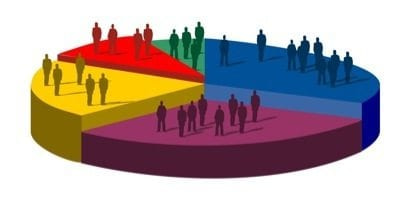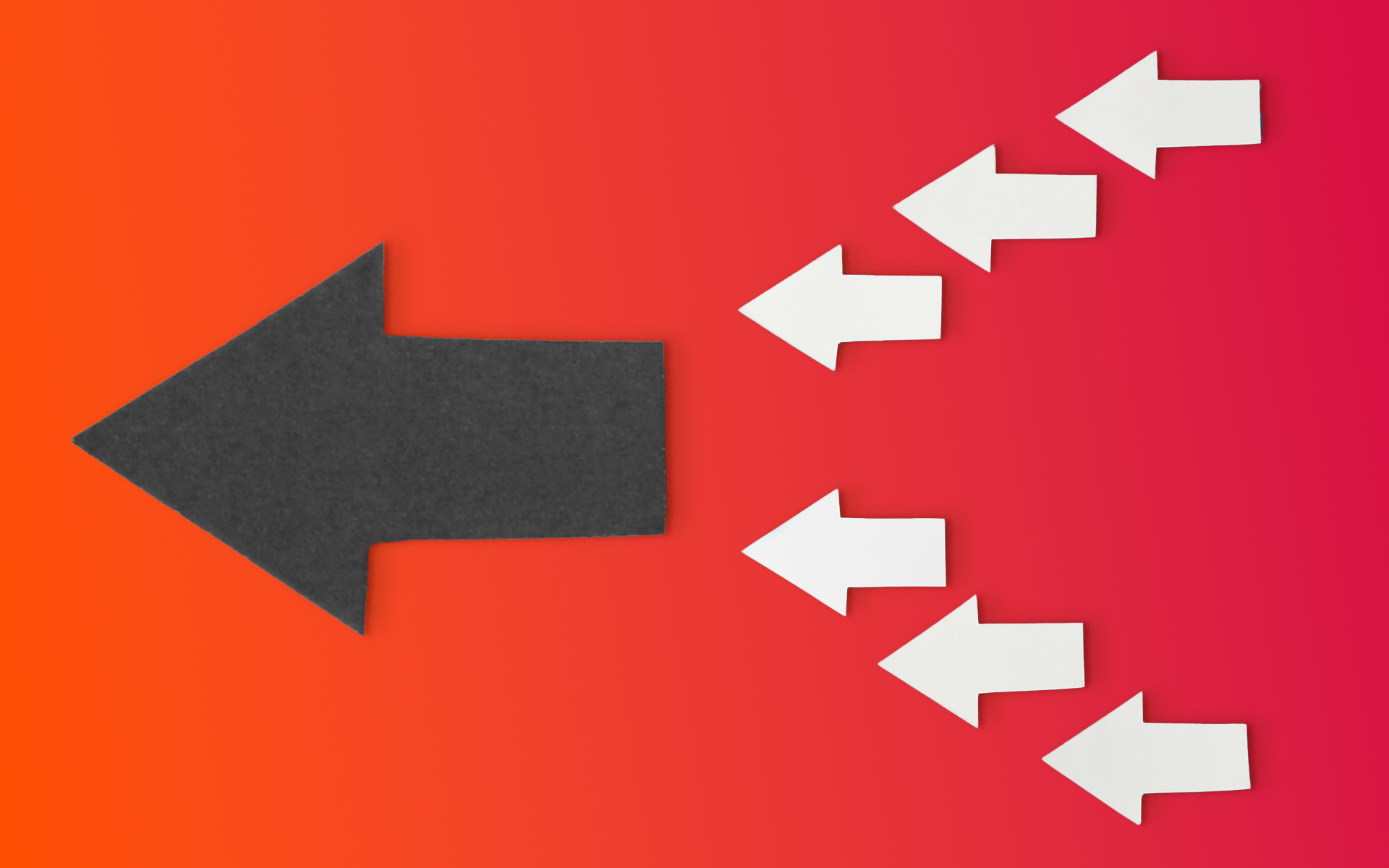I remember one of my first ever marketing lectures where the lecturer stood up and said, “if you think everyone will be interested in buying your product, you’re wrong and you will fail.” She sounded quite angry at the idea that marketers could, and would, class ‘everyone’ as a customer group. From then on I knew that even if you were selling water, you should never claim that ‘everyone’ is your ‘potential customer’.
If you’ve had any experience in marketing, both on and offline, it’s likely that you know that, and you’re probably not as captivated by the concept as I was about 5+ years ago. I think I was more fascinated with her tone than the information she gave. After this anger-filled sentence, she enlightened us with how you could find your potential customers; segmentation!
How Does Segmentation Work?
Segmenting your customers will allow you to divide a market into discrete customer groups who share similar or the same characteristics. If used correctly it can be very powerful as you can find out about the unmet needs of that particular customer group, and tailor your products/advice to these needs.
Some people make the mistake of assuming that segmenting your customers will reduce the number of people you’ll be targeting but that is far from the truth. Segmenting your customers could actually enlarge your customer base as you’ll be able to find out information about your potential customers and offer your product accordingly. For example, if your research suggests that they’ll respond better to a lower price you can set your price accordingly and appeal to a larger percentage.
Segmenting is important to marketers because if a same group shares a similar need for something, you can make the assumption that they’re likely to respond to the same type of messages. So once the product promises to fulfil a segment’s need, you can target that group with a customized message which should immediately strike a chord with the recipients.
Ways of Segmenting
There are different ways of segmenting but for any segment to be of use it’ll have to have the following characteristics:
- Accessible: The segment should be reachable by the company’s promotion and distribution channels
- Profitable: The segment should be large enough for the company to be able to make a profit
- Measurable: Make sure the segment is of a good size
- Different from each other externally: When compared, the segments would have different qualities such as age, income, location etc.
- Similar to each other internally: The members of the segment must share common characteristics e.g all 20-30 year olds, all earning £20k+, all in Nottingham.
- Stable: The qualities of each segment should consistent and not change rapidly
Some of the most commonly used methods of segmentation are:
Segmentation based on Demographics:
If you decide to segment your customers based on their demographics you’ll be mainly focusing on the characteristics of the customer such as their age, income bracket, education, gender etc. Fashion outlets are likely to segment their customers by age to avoid sending inappropriate mailshots. We’re not saying that the older generation have no interest in today’s current fashions, but how many of our grandma’s would be likely to purchase Rihanna’s latest line, and how many teens are looking for shoes because they’re comfortable, rather than fashionable*?
*We’re not saying this doesn’t happen – it’s just an example!
Geographical Segmentation:
As the name suggests this type of segmentation will use information regarding the location of the customers. So you could target customers that live in the same country, city, nation, or region. You’re likely to combine geographical data with demographical data to gather a more accurate overview of your segment. A restaurant guide could segment their e-mail database using geographical segmentation so that the potential customers are getting offers and deals that are local, and relevant to them.
Behavioural Segmentation:
This type of segmentation is based on the behavioural decisions of the customer. How do they like to shop? I.e. if they’re online shoppers they’ll form one segment, or if they’re shopping for a special occasion they’ll form another. Amazon are a great example of behavioural segmentation, they track their customers behaviour across the site and then make suggestions based on their browsing history.
Psychographic Segmentation:
If you decide to segment your customers based on their psychographics you’ll be interested in finding out about their lifestyles. Automobile companies tend to segment their customers based on their psychographics. BMW has different cars that suit different lifestyles and usually has different marketing strategy to attract these customers interest.
Uses of Segmentation
Companies use segmentation for a number of things but the most popular ones are:
- To match the needs of their customers better
- Find more attractive opportunities for growth
- Attract new customers
- Increase or gain share of the targeted market segment
- Improve marketing communications to appeal to the segment
- Increase profits
There is a reason why segmentation is a marketing fundamental, it allows the researcher to focus and get an insight into the world of the potential customers which makes targeting the right people easier.
Looking for a digital marketing agency that can help you target your audience through improved SEO rankings and relevant content? Get in touch with us, we’re always happy to have a chat!






